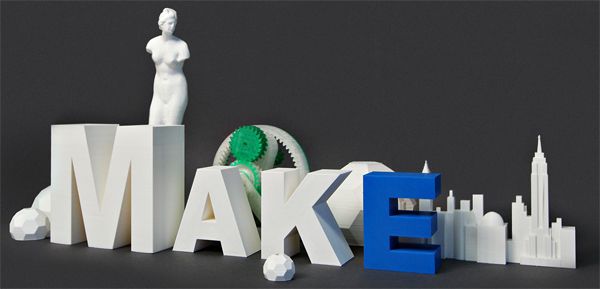Professional 3D Printing Solutions
100-MICRON LAYER RESOLUTION
Speed your way to demonstrations and presentations with settings that range from fast-draft to finer resolution. Get smooth-to-the-touch surfaces that don't need sanding, finishing or post-production.
410 CUBIC INCH INDUSTRY-LEADING BUILD VOLUME
Think and build bigger than ever as you create professional-quality, high-resolution prototypes and complex models. And print multiple things at once so you can get to work on your next design sooner.
OPTIMIZED FOR MAKERBOT PLA FILAMENT
Get the best and most consistent filament for your MakerBot Replicator 2. MakerBot PLA Filament sticks to the build surface reliably with practically no peeling, curling, sliding or shrinking.

PRINT SETUP
Print preparation software is used for orienting and laying out models within a printer's build volume, adding support structures (if needed), and slicing the supported model into layers.
PRINTING
The printing process depends on the type of 3D printing technology: fused deposition modeling (FDM) melts a plastic filament, stereolithography (SLA) cures liquid resin, and selective laser sintering (SLS) fuses powdered plastic.
POST-PROCESSING
When printing is complete, parts are removed from the printer, cleaned or washed, post-cured (depending on the technology), and the support structures removed (if applicable).
As 3D printers require no tooling and minimal setup time for a new design, the cost of producing a custom part is negligible compared to traditional manufacturing processes. 3D printing processes are generally slower and more labor-intensive than manufacturing processes used for mass production.
As 3D printing technologies improve, the cost per part continues to fall, opening up a wider range of low- to mid-volume applications.
While most plastic manufacturing processes require expensive industrial machinery, dedicated facilities, and skilled operators, 3D printing allows companies to easily create plastic parts and rapid prototypes in-house.
Compact desktop or benchtop 3D printing systems for creating plastic parts are affordable and require very little space and no special skills, enabling professional engineers, designers, and manufacturers to speed up iteration and production cycles from days or weeks to a few hours.
